:quality(80)/business-review.eu/wp-content/uploads/2018/06/Food.jpg)
Food has always been a political issue and nothing signaled it more clearly at European Union level than the inclusion of the matter of the dual quality of food in European Commission President Jean-Claude Juncker’s 2017 State of the Union speech. With a key role in enabling member states to tackle the issue, the EC’s Joint Research Centre (JRC), its in house science and knowledge service, rolled out in mid-June a new common methodology for comparing the quality of food products across the EU. BR visited the JRC’s Geel site, a one hour’s drive from Brussels, where, using multi-disciplinary expertise, a team of 300 work to make sure EU consumers get what they pay for.
The JRC has a long history that overlaps with that of the EU. Its origins lie in the Joint Nuclear Research Centre, established under the Euratom Treaty. Signed in 1957 in Rome, at the same time with the Treaty establishing the European Economic Community (EEC Treaty), the Euratom’s role was to promote nuclear safety and security in Europe.
Over the years, however, as demand for non-nuclear research expanded rapidly, the JRC responded by entering other fields important to policy making and transitioned towards a customer-driven, research-based policy-support body. Defining itself today as a ‘boundary’ organisation at the interface between science and policy, the JRC employs around 3,000 staff and supports EU policies with independent scientific evidence throughout the whole policy cycle from six locations in Geel, Ispra (IT), Seville (ES), Petten (NL), Karlsruhe (DE) and Brussels (BE). The JRC’s research budget for 2017 was EUR 372.5 million, and for 2018 it stands at EUR 373.7 million.
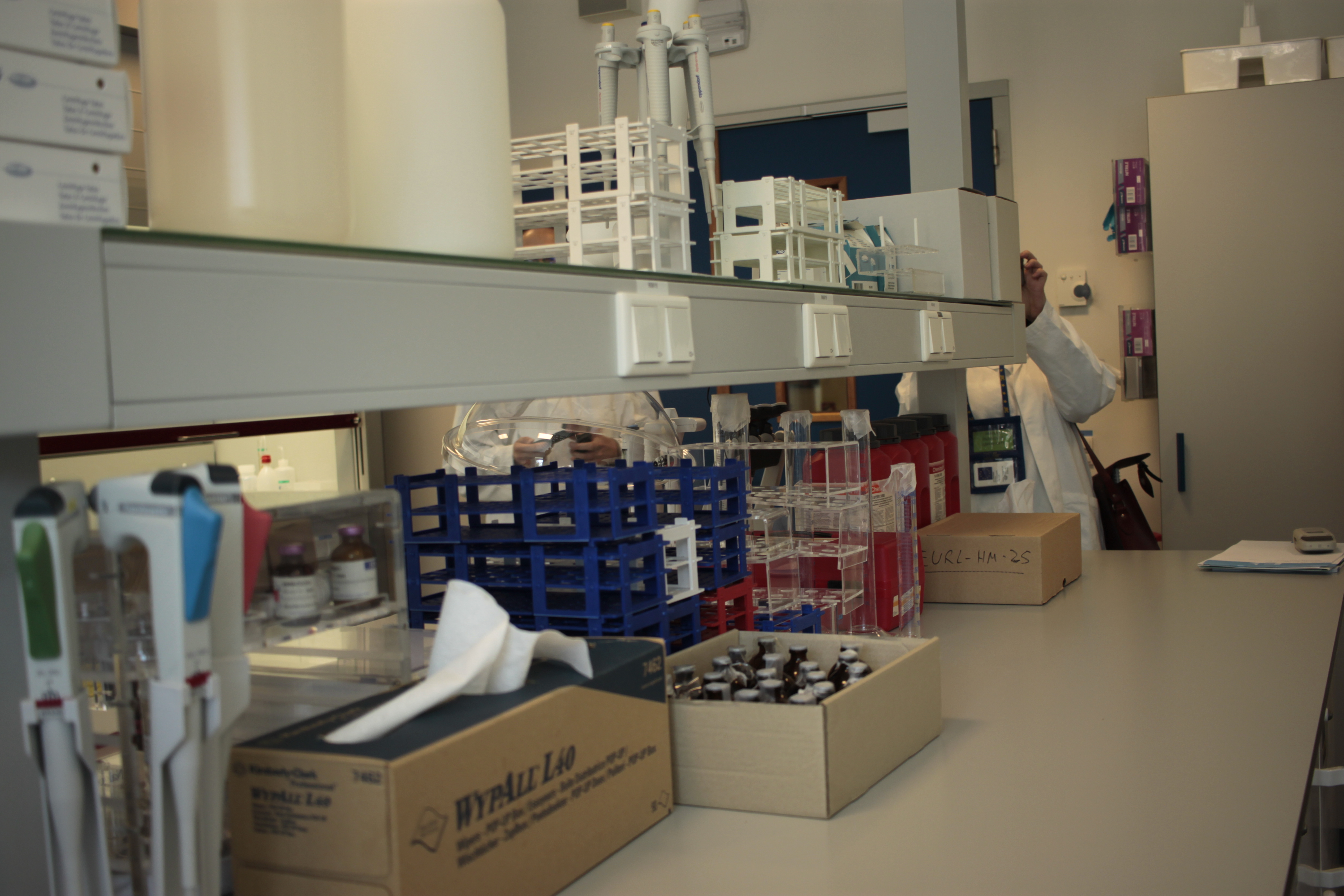
“We create, manage and make sense of knowledge and develop innovative tools and make them available to policy makers. We anticipate emerging issues that need to be addressed at EU level and understand policy environments,” Elke Anklam, director of the Health, Consumers and Reference Materials Directorate explains. That is why, “the JRC has a very good understanding of how policy initiatives are working and whether improvements are needed. It is well placed to provide the comprehensive, cross-sectoral policy support that policymakers need to tackle increasingly complex social challenges,” she notes.
How does that impact EU citizens and consumers? “In practical terms,” Anklam explains, “our work is, among others, to make sure that you can trust the results of your medical tests wherever you take them, that the honey you put on your child’s bread is really what it says on its label, that the wine you buy to celebrate nice time has not been “enriched” with sugar or water.”
Dual quality of food issue – a political question
The JRC was given a mandate to develop the methodology in June 2017, and received from the Commission an EUR 1 million funding for this purpose. Moreover, the EC also offered EUR 1 million to member states for the financing of studies or enforcement actions on the topic.

The move came after last year several CEE countries openly criticised international food companies for maintaining a double standard in the quality of foods sold to eastern European consumers and products packaged identically sold elsewhere in the bloc. The Czech Republic, Slovakia, Poland and Hungary, and later Romania and Bulgaria, claimed via their agricultural ministers that they had found discrepancies and vowed to press the EU for a solution.
Suspicions had been brewing since 2011, when investigations conducted in the Czech Republic, Slovakia and Hungary showed that products sold there had cases of higher concentrations of artificial sweeteners and preservatives alongside higher percentages of fats and lower concentrations of meat compared with identical products sold in either Germany or Austria.
Romania joined the Visegrad Four group last summer when it announced that tests carried out on products 29 food products, including meat, dairy, fish and chocolate showed that in nine cases products sold in Romania were different from the identical products sold in Germany, Belgium and the Netherlands. Earlier this year, Bulgaria lent its weight behind the findings after comparative analysis indicated that seven out of 31 food products contained different ingredients than those sold in Germany and Austria.
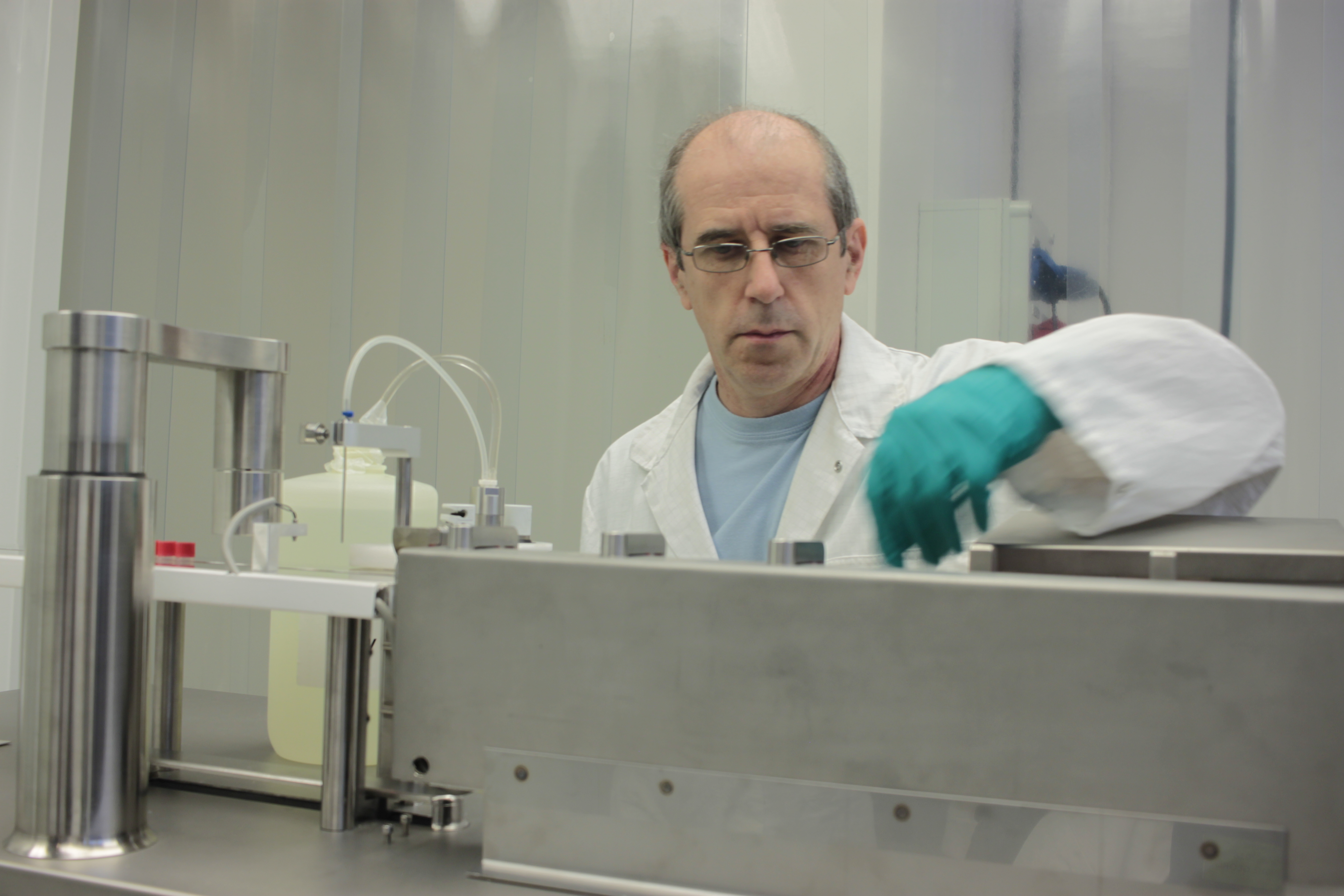
“It is very much a political question,” Anklam acknowledged during the Geel visit, adding that “in the member states this is political and it has to be solved.”
In solving the issue, equipping member states with the appropriate tools came down to the JRC. The common methodology announced on June 14 will allow national consumer authorities to carry out tests comparing the composition and characteristics of food products sold with similar packaging across the bloc. The launch was preceded in April by a presentation on the topic held before the European Parliament by Tibor Navracsics, Commissioner for Education, Culture, Youth and Sports, responsible for the JRC. “The notion of food quality is complex. It is influenced by a wide range of factors such as safety, nutrition, authenticity, and origin…,” he noted, echoing a view held by many of the scientists at the Geel site, who caution that discrepancies in the composition of food products sold across the EU may be down to “legitimate reasons.”

According to JRC’s Head of fraud, detection and prevention Franz Ulberth, stakeholders should avoid framing the issue as an ‘East vs. West’ matter. “If for a product offered under identical packaging there is a significant difference, then a test needs to be made. The keyword here is ‘significant,’ Ulberth argues, adding that assessing what constitutes a significant difference is down to the new testing methodology.
As a next step, under the coordination of the Joint Research Centre, laboratories across a number of EU member states will apply the methodology in a pan European testing campaign designed to collect data on the dual quality issue. “We want to make a EU wide testing campaign with the inclusion of as many member states as possible – we want a good representation,” Ulberth says. “What we have now are products in several countries but we need to see whether such differences occur North to South – because preferences are shaped regionally,” he explains. “But they should not be used to the detriment of the client,” he adds.
According to Ulberth, first results should be available by the end of 2018.
Global costs of food fraud – EUR 10 to 40 billion
The Fraud Detection and Prevention Unit of the JRC operates the EC Knowledge Centre for Food Fraud and Quality. The newly released methodology, the head of the unit hopes, will also provide the currently unavailable data needed to assess the total costs of food fraud in the EU as well as to reflect which country in the bloc is most exposed to food fraud.
As for the total costs of food fraud at a global level, they are estimated at up to EUR 40 billion per year. “Although most fraudulent manipulations are done in such a way that they pass unnoticed and are not reported to the authorities, estimations of the costs of food fraud vary between EUR 10 and 40 billion on a global basis,” he told BR, after arguing in Geel that “more money is made from counterfeiting food and cosmetics than drugs, human and weapons trafficking.”
According to data released by the European Parliament, olive oil is the number one food most exposed to food fraud, followed by fish, organic foods, milk, grains, honey and maple syrup, coffee and tea, spices, such as saffron and chill powder, wine and certain fruit juices.

At the JRC site, olive oil, honey, and wine, all highly representative products for the EU economy are tested.
The EU is the leading producer, consumer and exporter of olive oil, with a production of 67 percent, consumption of 55 percent and exports of 67 percent in global terms in the last five marketing years (2012/2013-2016-2017). “One of the hallmarks of European agriculture, olive oil is exported all over the world and we need to keep the reputation of the olive oil produced here. Most commonly, it is replaced with other seed oil, hazelnut oil,” Ulberth explains. “Then, you have the false category, the origin, the harvest, cultivar, organic,” features that can be substituted or misrepresented.
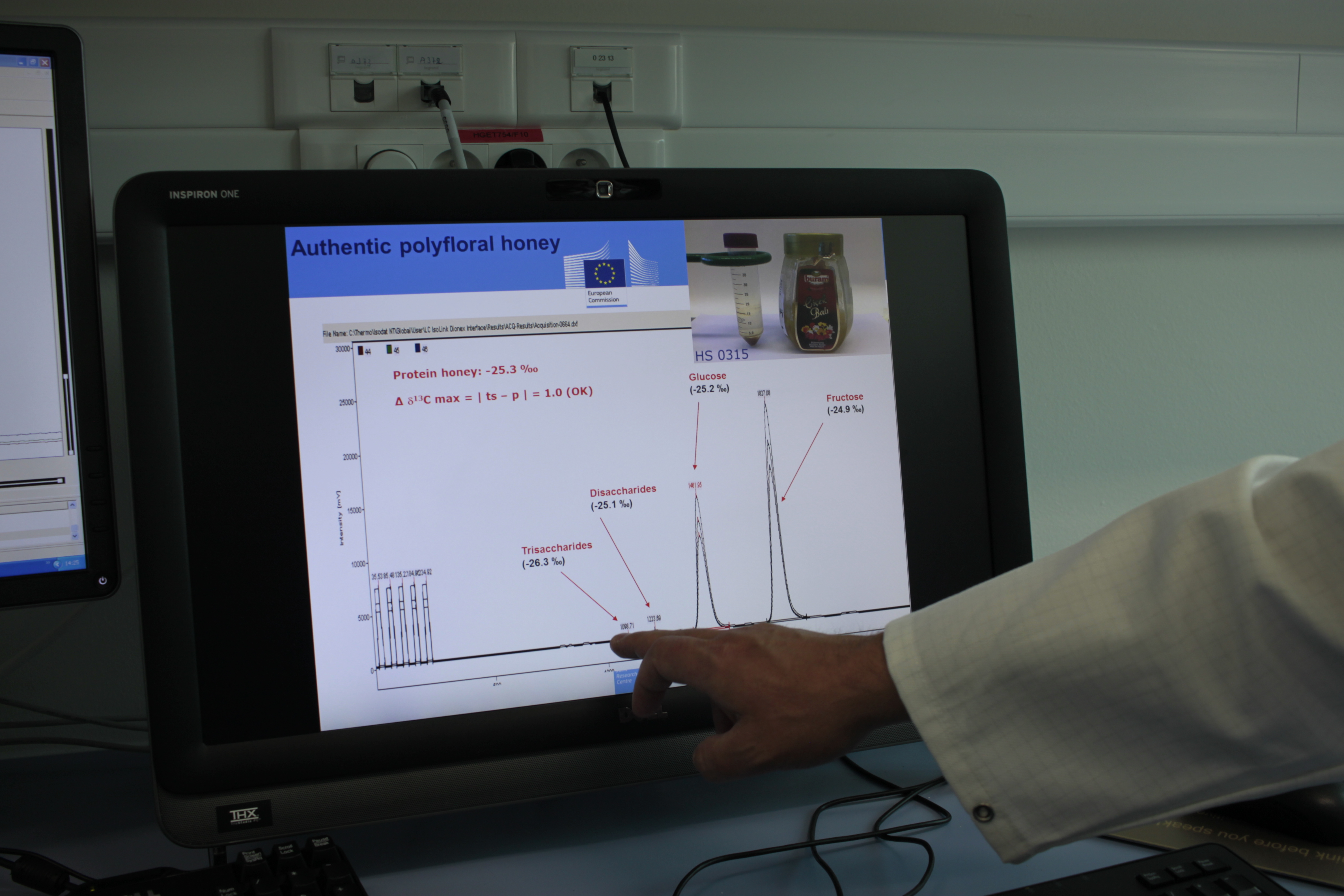
The EU is currently the second largest honey producer in the world, with about 250,000 tonnes produced per year, behind China and ahead of Turkey. With a production of more than 35,000 tons of honey in 2015, Romania is the EU’s largest producer, followed by Spain and Hungary.
However, the EU is also the world’s largest importer, as domestic production is not enough to meet demand. According to testing conducted by the EU, 20 percent of samples taken at its external borders and at importers’ premises didn’t respect high EU standards. “In the case of honey,” Ulberth explains, “it is addition of sugar syrups and / or misdescription of the botanical and/or geographical origin” that constitutes most commonly recorded food fraud.
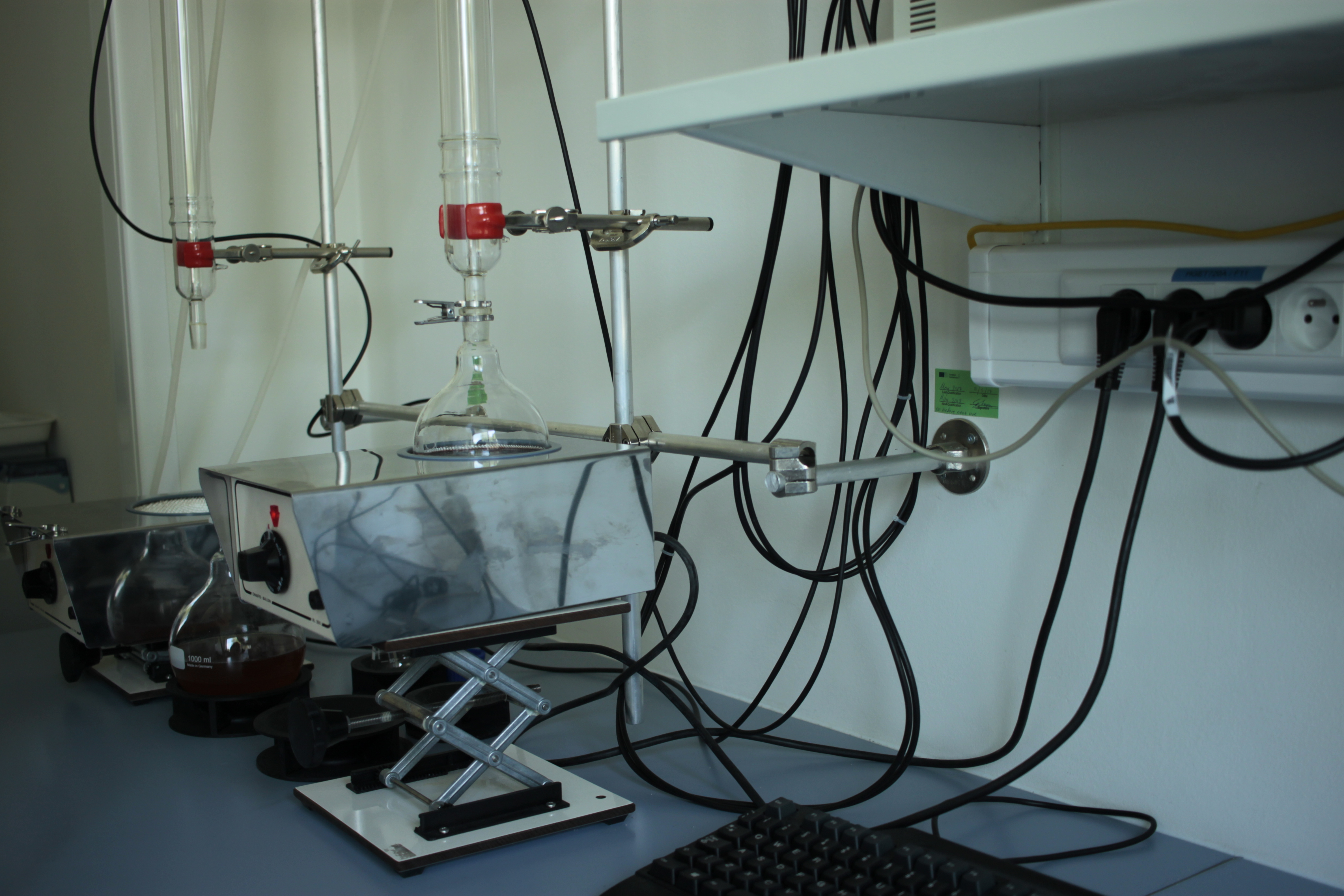
The JRC has been operating for more than 20 years the European Reference Centre for Control in the Wine sector in support to the European Commission’s department for agriculture and rural development. According to EU data, the countries in the bloc produced on average between 2013 and 2017 168 million hectolitres, making the EU the world leading producer of wine. In 2017 it accounted for 44.3 percent of wine-growing areas, 56 percent of production, 54 percent of global consumption and 74.7 percent of exports in global terms. “In the case of wine it is watering and misdescription of geographical origin,” Ulberth explains.
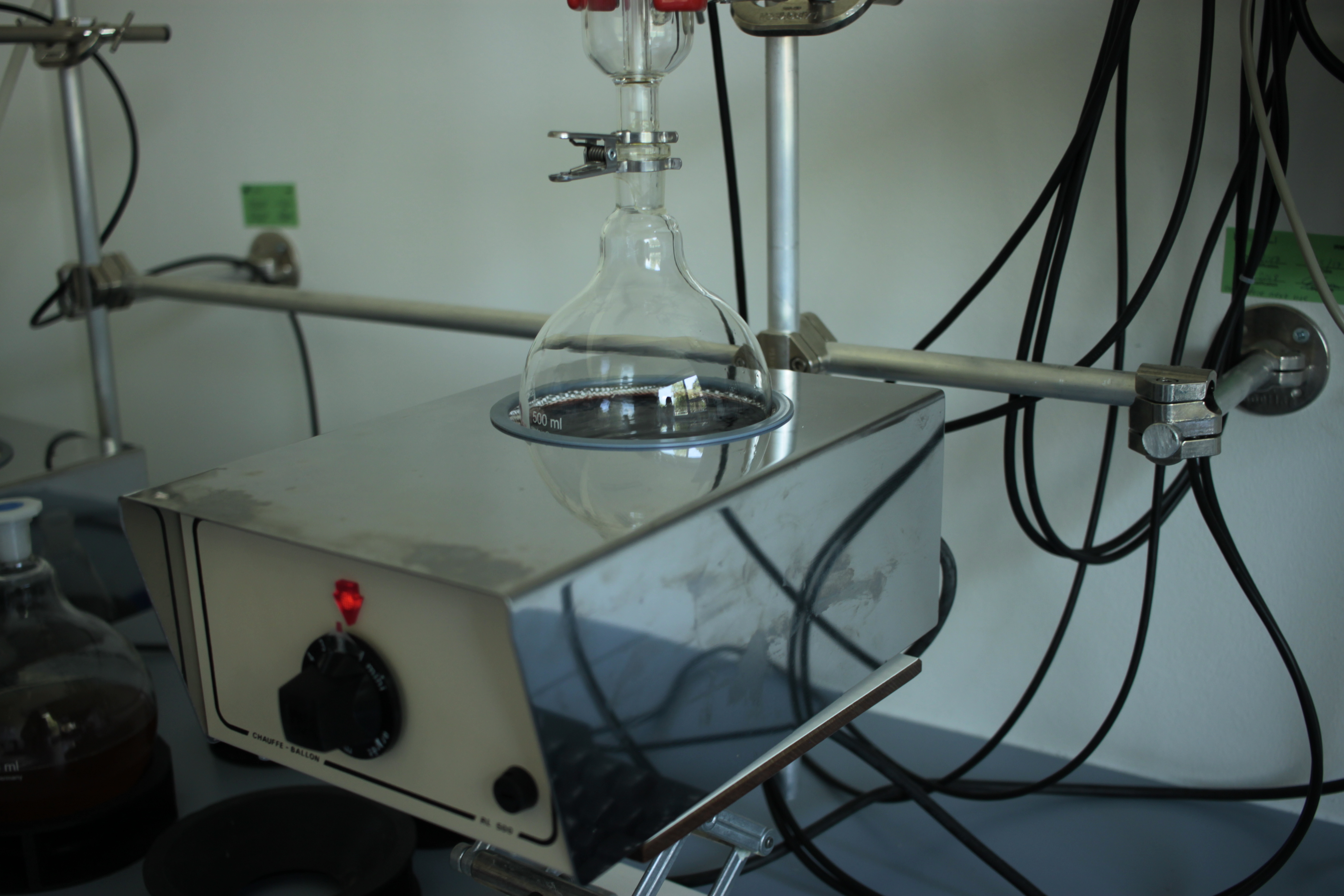
While making sure that the food products that end up on consumers’ tables in the EU are exactly what they are promising to be, the JRC also supports key industries representative for the EU’s agriculture sector. Nevertherless, according to Ulberth, citizens’ interests come first. “The work of the EC and the JRC is focusing on protecting the rights of consumers to make informed decisions and places the well-being of EU citizens in central position, while respecting the legitimate needs of industry,” he tells BR.
Probing the opportunities of blockchain
So far, the JRC has been involved in several projects on the use of blockchain technology in a wide field of applications (security, banking and commercial transactions, industrial transformations, education), Anklam told BR. “Among the possible applications is the use of blockchain to ensure the integrity of the food chain. A workshop with experts to map the advantages and limitations of blockchain use in the food chain is planned for the second half of 2018,” she added.



:quality(80)/business-review.eu/wp-content/uploads/2024/03/1434px-Ateneo_Rumano_Bucarest_Rumania_2016-05-29_DD_73.jpg)




:quality(80)/business-review.eu/wp-content/uploads/2024/02/IMG_6951.jpg)

:quality(80)/business-review.eu/wp-content/uploads/2024/04/COVER-1.jpg)



:quality(50)/business-review.eu/wp-content/uploads/2024/03/EIC_iCAP2024_.jpg)
:quality(50)/business-review.eu/wp-content/uploads/2023/12/Screenshot-2023-12-07-at-11.58.02-AM.png)
:quality(50)/business-review.eu/wp-content/uploads/2023/11/conferinta-panel-3-perspective-culturale-si-transgenerationale-scaled.jpg)
:quality(80)/business-review.eu/wp-content/uploads/2024/04/cover-april.jpg)
:quality(50)/business-review.eu/wp-content/uploads/2024/04/FOT_9989-7-scaled.jpg)
:quality(50)/business-review.eu/wp-content/uploads/2023/08/One-Floreasca-City-2-scaled.jpg)
:quality(50)/business-review.eu/wp-content/uploads/2024/04/ROMTEXTIL-2.jpg)